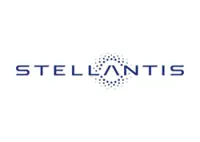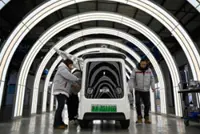The California regulator that approved the expansion of the Cruise robotaxi fleet owned by automaker General Motors is now threatening to fine the driverless service for covering up the severity of an accident that triggered the suspension of its California license. — AP
California regulators are alleging a San Francisco robotaxi service owned by General Motors covered up the severity of an accident involving one of its driverless cars, raising the spectre they may add a fine to the recent suspension of its California license.
The potential penalty facing GM’s Cruise service could be around US$1.5mil (RM7mil), based on documents filed late last week by the California Public Utilities Commission.





